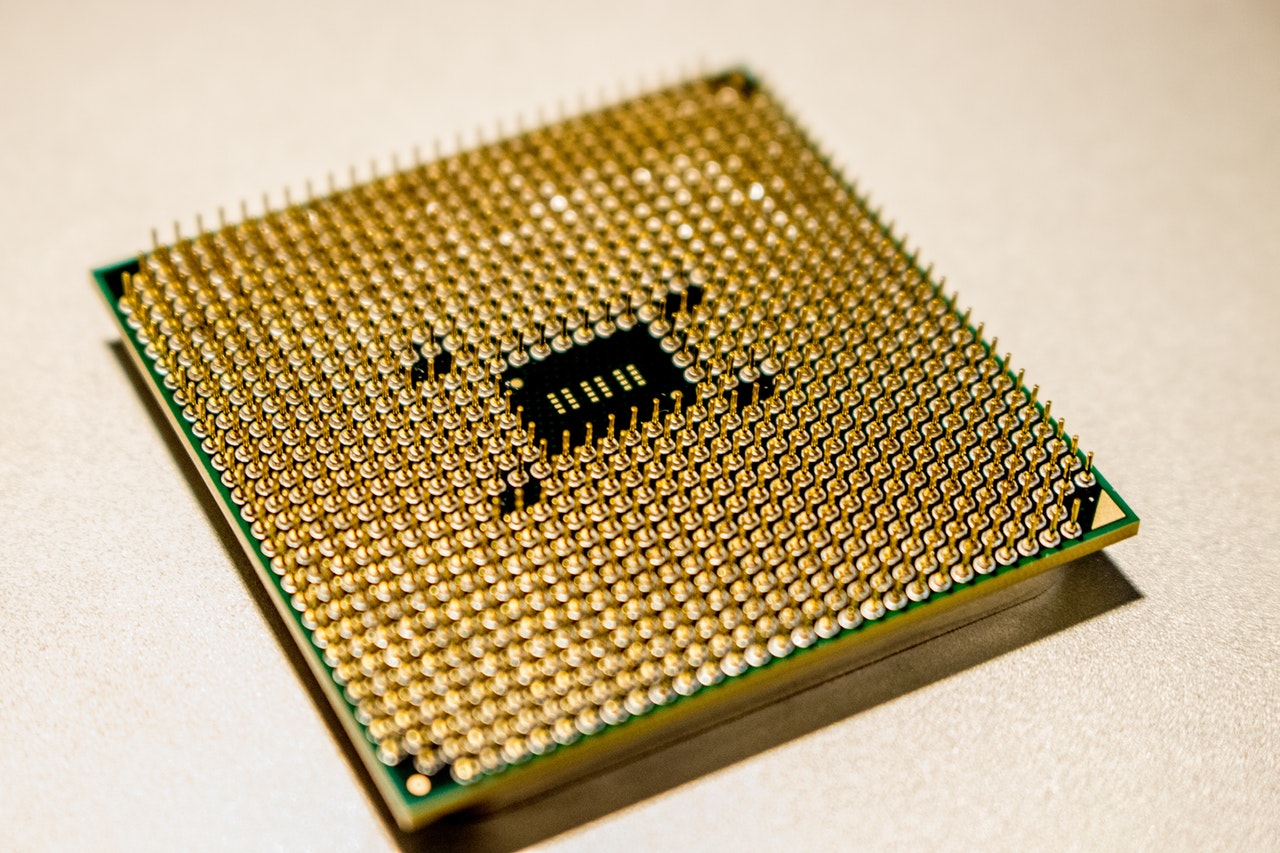Ever stopped an elevator door with your hands? Was it sheer luck that the hundred-pound door didn’t close on you, or is there a bigger force at play? Actually, a microswitch is pulling the strings, and we can’t wait to tell you all about it!
A microswitch is a simple device tipped by a small amount of physical force. When you turn it on, the internal contacts move and stop the ongoing activity. It’s used as a safety mechanism in elevators, microwaves, photocopiers, and vending machines.
You can use them for over 1 million duty cycles, which is a good bang for your buck. It brings us to the question- How do microswitches work? So, today we’ll be answering that and going over the essential components of a microswitch!
Table of Contents
Microswitch Applications and Usage
When you put coins inside a vending machine, the microswitch detects the action and releases your bag of chips. Similarly, there’s a microswitch in your oven that identifies the opening and closing action of the door.
Therefore, the heating automatically stops when someone opens the door before a beep. An elevator door also goes back when an obstruction is in its way.
How Does a Microswitch Work?
A microswitch is often referred to as Miniature Snap Action Switch. The anatomy of a microswitch includes an actuator, push-button, output contact switch, and wires. Learn how a microswitch works in 3 easy steps below!
Step 1: The Actuator Picks up the Compression Sensor
The internal structure is made of two Normally Connected (NC) and Normally Open (NO) contacts and one movable contact. A microswitch is operational in a specific area.
When there’s movement/compression in the said area, the actuator kinks a flat spring. A curved spring stays engaged with the electrical contacts during this time.
Step 2: The Contacts Change Their Position
When the flat spring is curved enough, it delivers sufficient force to bend the curved spring. Since this particular spring is connected to the contacts, they start to move.
The acceleration in the curved spring causes the NC contacts to shift. It brings about a particular response from the equipment.
Step 3: The Actuator Is Returned to Its Rest Mode
The whole point of a microswitch is to initiate a quick response from the device. Once done, it’s time for the movable contact to go back to its place. This is why there’s a metal strip inside the non-stationary contact. It brings the contact back to its initial state after you remove force from the actuator.








